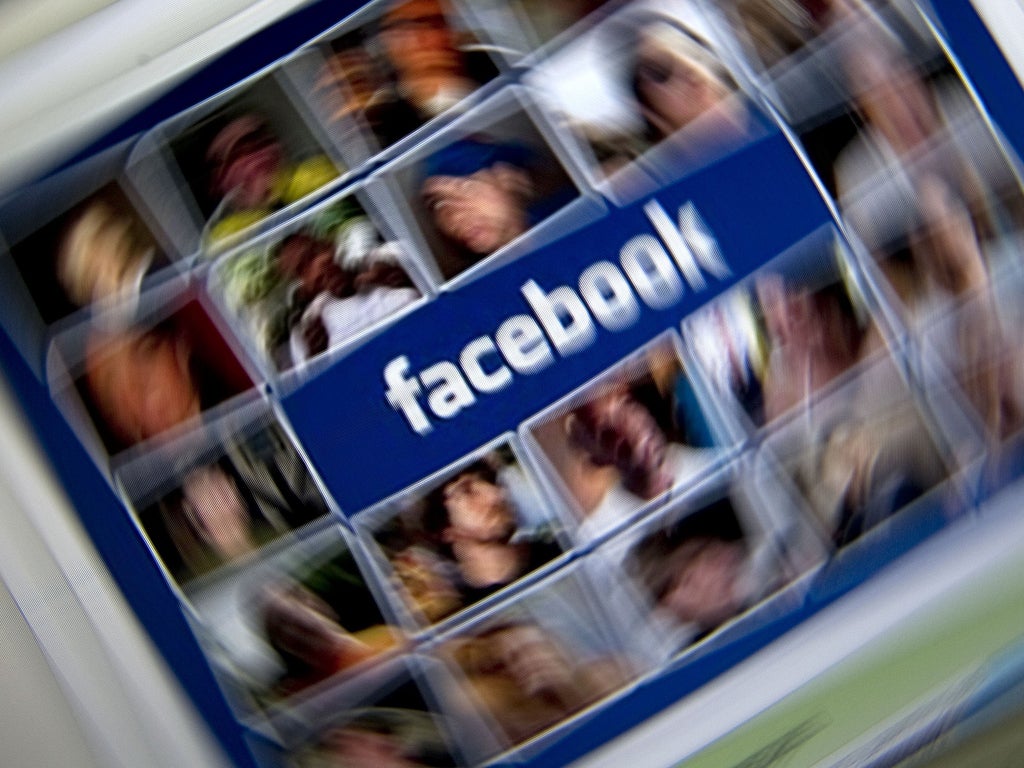The Independent's journalism is supported by our readers. When you purchase through links on our site, we may earn commission.
What we can learn from the numbers Twitter and Facebook don't want us to see
Perhaps we should question social media more in 2014

Your support helps us to tell the story
From reproductive rights to climate change to Big Tech, The Independent is on the ground when the story is developing. Whether it's investigating the financials of Elon Musk's pro-Trump PAC or producing our latest documentary, 'The A Word', which shines a light on the American women fighting for reproductive rights, we know how important it is to parse out the facts from the messaging.
At such a critical moment in US history, we need reporters on the ground. Your donation allows us to keep sending journalists to speak to both sides of the story.
The Independent is trusted by Americans across the entire political spectrum. And unlike many other quality news outlets, we choose not to lock Americans out of our reporting and analysis with paywalls. We believe quality journalism should be available to everyone, paid for by those who can afford it.
Your support makes all the difference.What is there left to say about social media? The top ten social media sites reached over 3.8bn total users in 2013, and show few signs of slowing down.
Every day on Facebook there are an average of 4.5bn likes, and on Twitter 58m tweets. One hundred hours of video is uploaded onto YouTube every minute, and 6bn hours watched each month.
Somewhat inevitably, the ascent of social media has become less and less surprising over the last several years. Gone are the dramatic days of the mid-noughties, when the tragic rise and fall of sites like Myspace and Bebo made for compelling narratives.
Now, reports released by the likes of Twitter, Facebook and Google+ all suggest that everyone now wants to be long-term friends with Silicon Valley’s biggest socialites.
But for anyone tired of hearing of all of the constant success stories, then there are always the numbers that social media sites don’t want us to see, which in my opinion are a lot more interesting.
For example, Twitter reported this year that it had reached 232m monthly active users. It has repeatedly refused to disclose, however, the total number of accounts that have been registered since its launch in 2006.
It’s not hard to see why this might be. According to the social media analysts Twopcharts, there are around 912m accounts registered on the site. This would mean that Twitter contains around 680m inactive accounts – almost three times the number of active accounts.
As the data journalist Jon Bruner wrote earlier this month: "Writers who cover Twitter find the grandiose irresistible; nearly every article about the service’s IPO this fall mentioned the heroes of the Arab Spring who toppled dictators with 140-character stabs, or the size of Lady Gaga’s readership, which is larger than the population of Argentina.”
Taking a sample of 400,000 tweets, Bruner looked at how many users were actually interacting with each other on the site. What he discovered was that Twitter might not be anywhere near as social as people think.
“In comparative terms,” he wrote, “almost nobody on Twitter is somebody; the median Twitter account has a single follower." Bruner also found that even among active accounts, of which there are a considerable amount less, the median number of followers is just 61.
Given that the entire business model of social media relies on the amount of registered users, it’s unsurprising that sites may want to hide their less impressive numbers and beef up their stats.
This is something of which Facebook and Google+ are both guilty, as the way they measure their engagement is deceptively broad. Google+ may have 540m monthly active users, but this year they disclosed that this takes into account anyone who clicks on a +1 button that may be embedded on an external page (such as this one). Likewise, Facebook also takes into account anyone who clicks on a like or share button on any external site, meaning that you don’t have to use Facebook directly to be considered one of its monthly active users.
With all this in mind, perhaps 2014 should be the year we question social media a little bit more. As more sites emerge, the competition for people’s attention will only increase, meaning that companies will have to continue to carefully select their best looking stats more and more.
But we should be comforted by the fact that the numbers are often slightly skewed, as it means that not as many people spend as much time on social media as we are led to believe. Personally, I intend to spend less time on Facebook in this new year, reassured that I am not as alone in switching off as I thought I might be. And safe in the knowledge that the average Twitter account has only one follower, I might try to stop worrying about my paltry 200.
Join our commenting forum
Join thought-provoking conversations, follow other Independent readers and see their replies
Comments